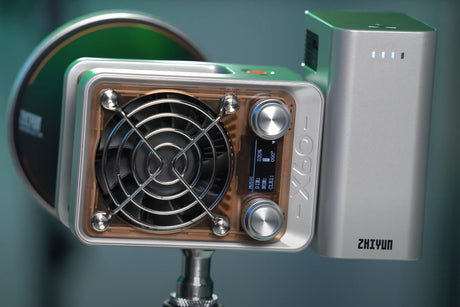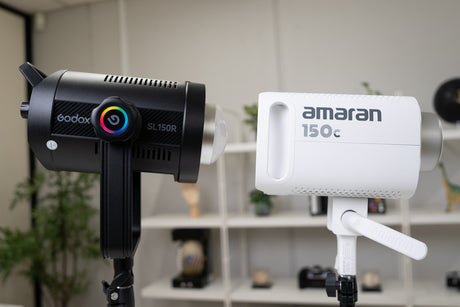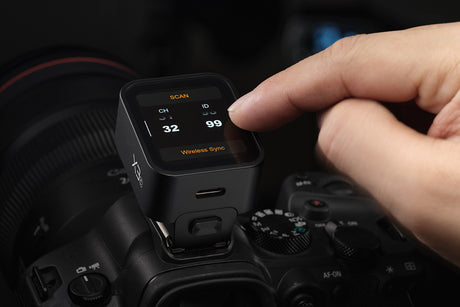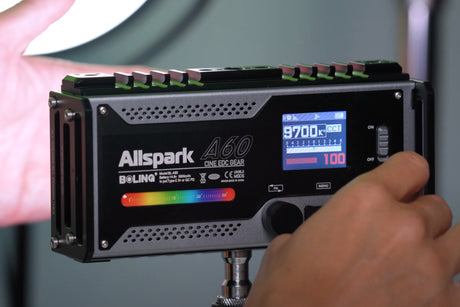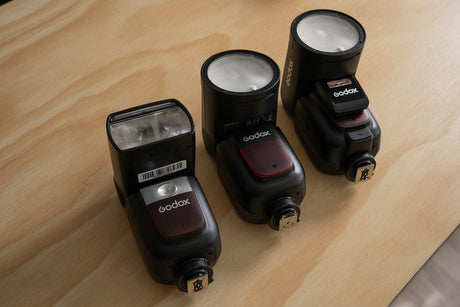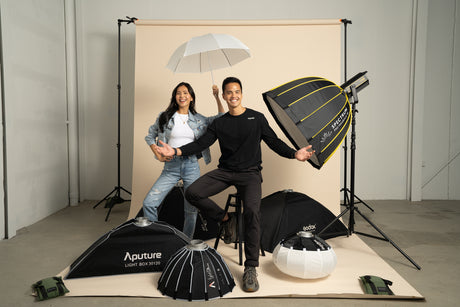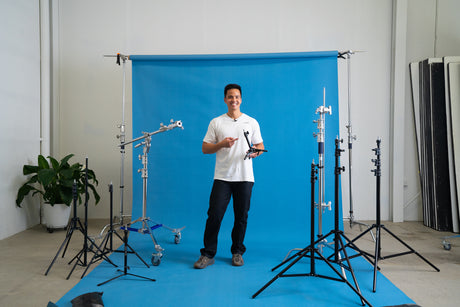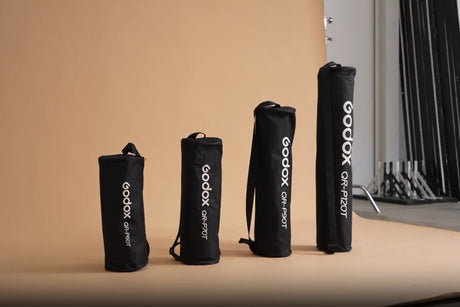Shooting a wedding can be stressful at the best of times! We breakdown the day and explain what gear you will need to get through it.
Getting Ready
Let’s start from the beginning. A full day wedding shoot usually starts with the bride & bridal party getting ready. When you enter the room/hotel – it is highly likely that you will walk into an organised chaos. Don’t worry, that gives you plenty of time for the little things. Since the bride won’t be ready to shoot, it is a perfect time to take some photos of the accessories, including the ring, shoes & the wedding dress.
There is a high chance that the room may be too dark for shooting, if you are using a macro lens, the aperture will always go beyond F8, and so you will need to place a strong light on the subject. At this point, you might want to turn on the light – but in fact, you should keep them off. The light emitted from the bulbs is very different from natural light; it will only make your shooting conditions difficult. Try to keep to natural lighting as much as possible, see if you can open a window or lift a blind – this will help substantially.
In cases where this is not possible, or if the light is just not bright enough, there is a solution. Don’t bother with bumping up the ISO, this will only ruin the quality of the photo. Simply use a portable LED panel to light up the object, I personally use the Aputure H198, it is amazingly portable. The light strength is adjustable and can make a huge difference. Another really important feature of this panel is the CRI95 technology; this ensures that the colour temperature is very close to natural light.
If you don’t have a macro lens, you can also try using a macro extension tube to achieve similar effects. The Aputure extension tube can support TTL metering and auto exposure.
Ceremony
Besides outdoor wedding ceremonies, you’ll find that most are held indoors where the light can be very dark thus making it tricky for shooting. This is where the nifty external flash/speedlite comes in; this is quite an essential piece of kit for all wedding photographers. Using a speedlite allows you to control the light output.
On the topic of external flashes, you will find that there two very important features that you will heavily rely on. Firstly, the fast recycle time/stable output and secondly the ETLL/ITTL functions.
I use the Godox Ving V860. Thanks to the Godox Li-Ion battery, it is now one of the fastest recycling flashes on the market. It also features the ETTL/ITTL & HSS functions which are found on all other brands’ top range flashes.
Once you have the flash, all you have to worry about is achieving a nice photo. Pointing the flash directly onto the faces of the people you are shooting is a big no no. The light will be too harsh – not as bad as the critics, as they will be much harsher. You’ll definitely need to diffuse the light! World renowned wedding photographer Gary Fong has found a way to optimize the light from the flash, he’s got an entire range for it, what’s even better is that there is a lighting diffuser kit just for wedding photography. There is a mountain of video tutorials made by the famous man himself, so you’ll be able to learn how to properly use your gear to its maximum potential. A quick YouTube search for “Gary Fong” will steer you in the right direction.
Location shoot
After the ceremony, you’ll have your location shoot. Just like the ceremony, it can be indoors or outdoors – so be prepared. When shooting indoors, the same rule applies, try and use as much natural light as possible, if none is available, this is where the handy Aputure LED light comes in, as it is accurate, strong & adjustable.
However you will tend to find that the majority of location shots will be outdoors. Here are some useful tips for what sort of equipment you might need on the day:
Reflector
Some people may argue that using a flash to light up a scene is ideal, and that a reflector is bulky and hard to control. Let me explain the key difference, the light from the reflector can merge into the shooting environment perfectly. This is hard to achieve when using a flash. If you’ve got a niftly 5 in 1 reflector, you’ll have a choice of reflecting surfaces – and compact to boot.
Viewfinder
When shooting under direct sunshine it can be very hard to see the camera screen – nothing a viewfinder can’t fix, this can prevent you from being able to tell if your frame is focused accurately of if the expressions of your subjects are nice.
ND filter
ND filters help you get beautiful details of the sky and clouds. With a ND filter mounted on your lens, you can easily avoid over exposure.
Reception
The reception! You’re almost there – the day has been going smoothly and you’re about to kick on with capturing the fun and joy.
At this point, I usually take 2 cameras with me. The first one is mounted with a 24-70mm lens paired with a speedlite mounted on the hot shoe- perfect for group shots.
While the first camera is for the traditional photos, the other camera I usually carry with is mostly for artistic purposes. In a typical wedding, the important sections include the speeches, bridal waltz, father daughter dance. This is where I use a off-camera flash system this achieves some amazing photos. The reason why we use the flash “off-camera” is because we can light up the object from different angles instead of just from the front.
From experience there is a high chance that the MC will dim or turn off the lights during the bridal waltz or father daughter dance. In this situation, you will find it very hard to focus on the subjects. As the movement is continuous, you can’t set the shutter speed too slow. You’ll be tempted to bump up the ISO, try to refrain, as this will decrease the quality of the photo and increase the noise.
The LED panel is a great solution to light up your subjects or objects from the front, it will ensure your photo is clean and clear.
So there you have it, a full day of wedding shooting. It may seem like a mammoth task, but the satisfaction at the end of it all – capturing those precious once in a lifetime moments are indeed priceless.
The post A day in the life of a wedding photographer. appeared first on Hypop Focus | The Official Blog.



